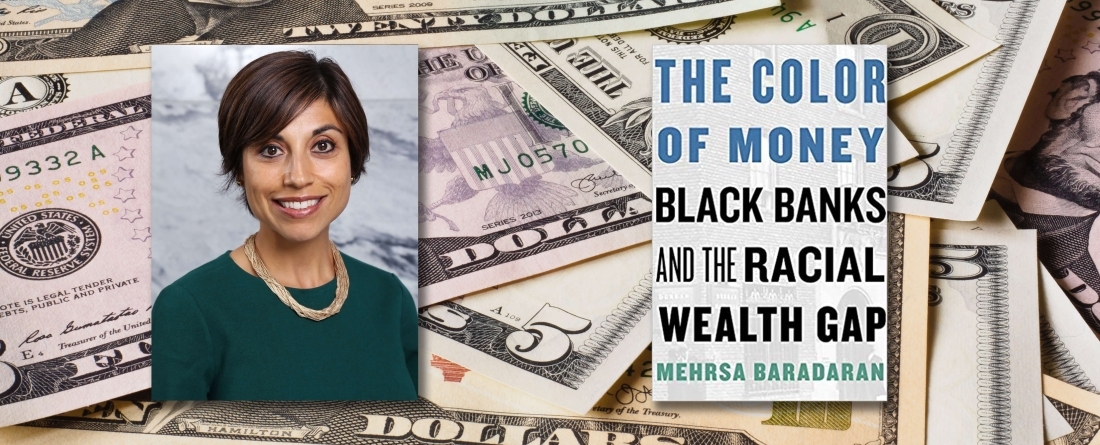
During the current civil rights movement in the United States, a major point of contention is how to address reparations for the historic injustices against Black communities. Despite the prevalence of these conversations, there remains an astounding lack of historical and policy analysis surrounding the exclusion of Black communities from financial institutions.
Mehrsa Baradaran, a law professor at University of California, Irvine and the author of “The Color of Money,” shared her research into the systemic barriers to Black wealth accumulation in the U.S. with the School of Public Policy in a recent Black Friday event. In the talk, Baradaran explained how capitalism is insufficient to address racial wealth disparities and argued for federal policy intervention.
“The American economy has never borne any resemblance to a free market,” explains Baradaran. “For most of our history, Black men and women have been excluded from occupations, schools, neighborhoods and trade, and their property was not protected by law. In each historical point where middle class white Americans were accumulating wealth, Black communities were shut out of this land and wealth accumulation.”
Baradaran first analyzed Reconstruction-era policies, during which policymakers denied freedmen’s demands for land as reparations for slavery on the basis that the free market and contract law would protect them. However, the southern economy was not a free market, because Black communities did not have free access to land, property and skilled occupations.
“Black men and women were denied land not because of laissez-faire, but because, as Andrew Johnson explained, America was and should remain a white man’s government,” said Baradaran.
Although access to property was restricted, the federal government did create the Freedman’s Bank in 1865. While not a commercial bank offering loans, Freedman's Bank offered Black communities a reputable and seemingly stable financial institution to secure their savings. However, these communities lost all their funds several decades later, when the white bank owners used the deposits to speculate on railroads.
“The failure of the Freedman’s Bank had caused the Black community to completely lose trust in the federal government and in the banking sector,” explains Baradaran. “There are vast racial disparities in the unbanked and underbanked populations, and the number one reason for this is a lack of trust in banks.”
Black banks were also unable to generate wealth within their communities. While the white middle class was accumulating wealth and expanding in mid-century America, Black communities were excluded from this financial growth due to undervalued property assessments and a lack of access to rotating credit. The wealth disparities created as a result of these discriminatory policies continue to impact Black communities today.
Moving forward, Baradaran encourages policymakers to enact reparations to reduce the wealth gap. Since these disparities are direct results of federal policies, it is the responsibility of the federal government, not Black banks, to generate wealth in Black communities.
“These are structural problems,” said Baradaran. “Racism is baked into the very fabric of our economic system, and to root it out, you have to shift that mindset of blame and to deal with it like we would deal with a recession or poverty. Black communities are not responsible for fixing something that was created as a result of racial exploitation.”
